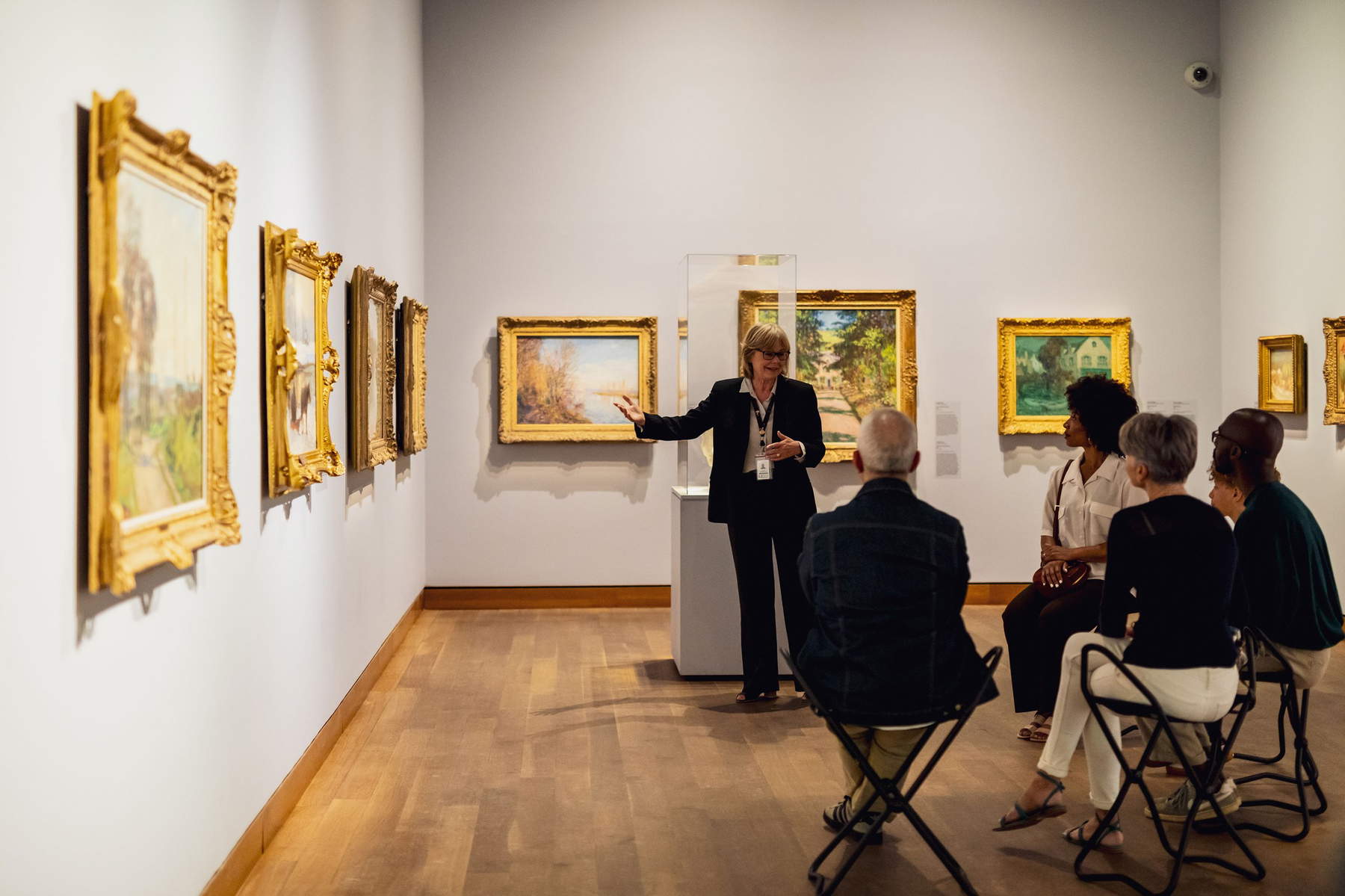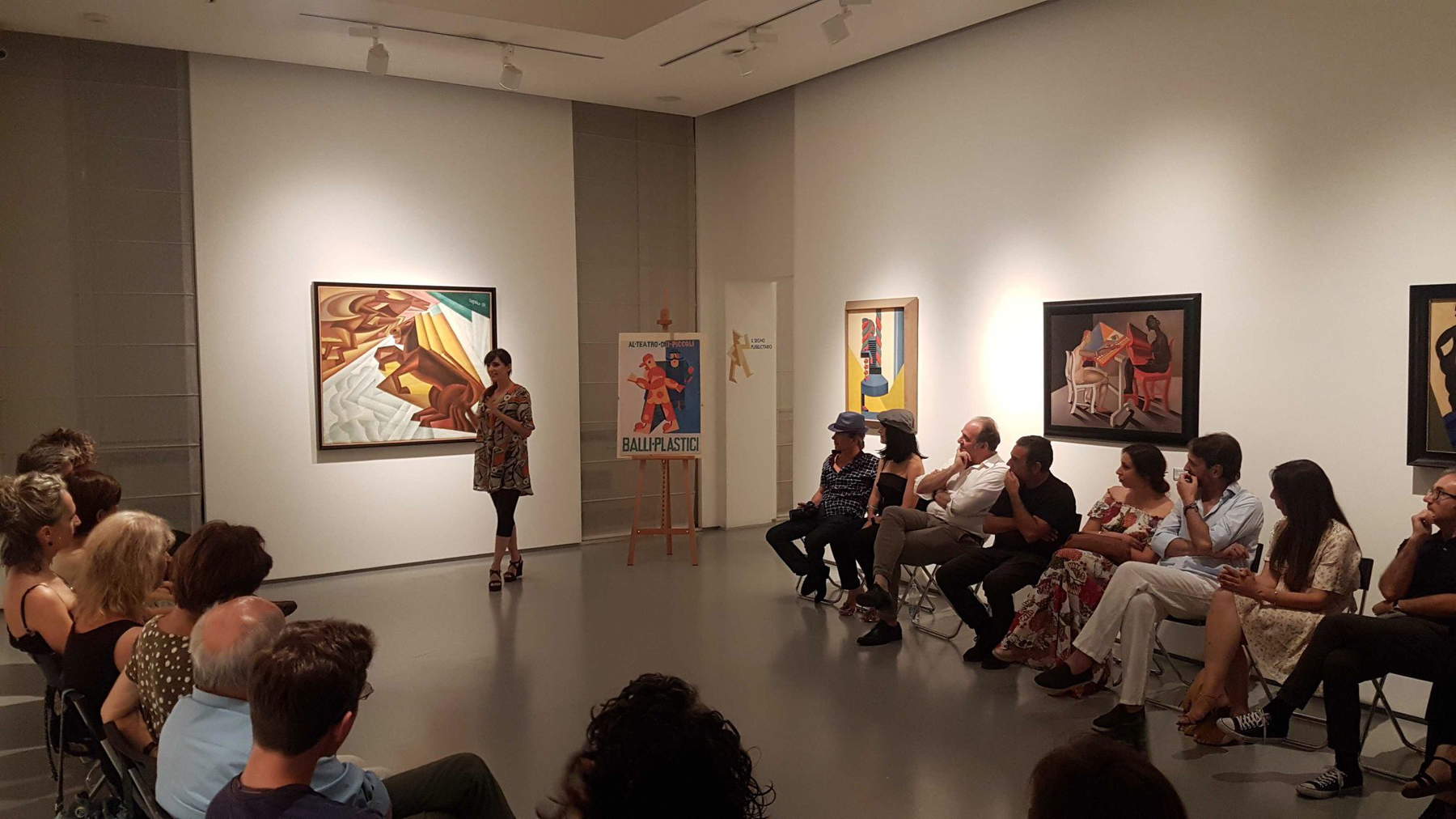Social Responsibility responds to the needs of a museum that, in addition to the demands of the Faro Convention, cannot ignore the stress, states of anxiety, emotional disorientation, frustration and confusion that the pandemic has left in us. The new development models of museums, which position themselves as active players in the territory by deciding to invest in MSR - Museum Social Responsibility, also take “strong” positions outside their own sector by focusing on the intangible resources that connect them to the general public. A choice that, inevitably, falls back on the mission, vision, goals and strategies of those museums that are also spokesmen for the most fragile and vulnerable people and, in general, for all those segments of the public that would not naturally be stimulated to attend a facility that produces culture.
"The relevance of engaging audiences in cultural heritage and museums has long been seen by the European Union as one of the issues on which to focus research and resources; in the guidelines audiencedevelopment andaudience engagement, i.e., strategies for dialoguing with audiences traditionally distant from museum attendance, are in fact placed high expectations for a more incisive capacity to broaden the target audience, in the awareness that people’s lack of participation in culture has limiting and inequitable effects also in cultural, social and economic terms "1. On the one hand, we have the need to enter the leisure market of all people, but on the other hand, the onus is on us to do so by making people the protagonists of their visit, the main actors of the time they decide to invest in culture and in a museum. Concepts that, disciplined by holistic strategies, lead to profiling the general public on the basis of their new lifestyle, to engage them with original and personalized cultural proposals conceived as platforms of experiential well-being2. The result is highlighted intangible content related to beauty, ethics, solidarity, responsibility, well-being, health, respect, morality, pliability, transversality, unconventionality, interdisciplinarity and diversity, pointing to a shared desire for the collective good.
The social dimension of the museum is necessary for a two-way link with the local area (responsibility), for the ultimate breaking down of social barriers (equity), for creating new jobs for young people who will have an increasingly horizontal, interdisciplinary and international cultural base, and for enabling all categories of people to play a leading role. An example of this is the European project “Cross the Gap - Accessibility for Social and Cultural Inclusion,” which aims to support social inclusion in Apulia and Greece with a focus on issues of accessibility and social inclusion in places that produce culture and on artistic events for all people, with particular regard to the most fragile and vulnerable individuals, seeking to make cultural offerings highly personalized. Objectives: to break down social barriers, to promote the integration of fragile people within the museum context, and to provide professional tools for educators, volunteers and specialists in the field.
Therefore, museums become places of public interest that address the whole society, playing a crucial role in the development of bonds, social cohesion and reflection on collective identities just in the aftermath of the Covid-19 pandemic.
As a result, museum management will have to adhere to planning that tends, concretely, toward sustainable development plans by capitalizing on innovative strategies increasingly focused on people: Social Responsibility Marketing, Holistic and Humanistic Marketing, Environmental Sustainability Marketing, Human to Human Marketing, and Inbound Marketing. Sustainability, for a museum, is the goal to strive for in order to achieve balance among the four interconnected dimensions that are part of it: economic, social, environmental, and well-being. The museum that wishes to go down the path of SRM must consolidate relations with the local area and especially strengthen the network with the social and environmental context in which it operates: health care residences for the disabled, assisted living residences, social welfare residences for the elderly, nursing homes, social enterprises, benefit societies and service clubs (Lions, Rotary, etc.). This is a particularly favorable attitude at this moment in history to respond to people’s new needs and unprecedented lifestyles, to be more and more aware of social challenges, to redefine the meaning of identity and to find new existential reference points. One of the most important steps to take into consideration, before implementing any strategy, is the profiling of the general public. Taking it for granted that with the irreversible change in the scenario people’s needs, desires and lifestyles have also changed, we will have to start “almost” from scratch with different criteria than we did until 2019. The main goal remains to segment, protect and empower people who are considered the most fragile and vulnerable. There are four audience segments that in the post-pandemic scenario I consider a priority to be engaged and retained through original and differentiated proposals: the differently abled (people with physical or mental discomfort or pathologies), the third age, families with children, and adolescents. The strategies to be adopted, whether they are digital (Digital Marketing) or analog (H2H - Human to Human Marketing), have the common denominator of Social Responsibility Marketing, which has two fixed points from which to start:
it is no longer possible to isolate the Economic Sustainability of a museum management from the evaluation of its ethical, social and environmental implications;
the museum, also conceived as a structure that transmits cultural heritage, works in two directions: it increases the sense of sustainability and responsibility in people and improves the quality of life of visitors.
In Montreal, Canada, if you were sick, your doctor might prescribe a visit to the Montreal Museum of Fine Arts. It is, according to Canadian doctors, a true companion therapy that helps you get rid of stress and regain an active relationship with your sensory system. As of November 1, 2018, “museotherapy” is officially recognized in Canada and doctors can prescribe it just as they would a medication. Doctors have the opportunity to prescribe up to fifty free visits per year, if necessary in the presence of health personnel. A thought that enhances one of the new functions of the museum: the curative one. Further studies have shown how much the museum setting in itself has a relaxing and, at the same time, emotionally stimulating effect particularly for patients with mental disorders who can improve from all points of view. Regularly attending cultural activities stimulates intellectual and emotional sensitivity, lowers cortisol (stress hormone) levels and raises serotonin (feel-good hormone)3 levels. For people with mental disabilities, the museum becomes a space for social and health inclusion that contributes to salutogenesis and increased mental and physical well-being. At the Lu.C.C.A. - Lucca Center of Contemporary Art, I conceived the ArTS Hub - Art Therapy Social Hub, through which, in collaboration with ALAP - Associazione Lucchese Arte Terapia, I proposed Museotherapy workshops that, unlike those of Art Therapy (Art Therapy, Dance Therapy, Theater Therapy, etc.) which are related to “doing,” are based on interdisciplinary perceptual pathways, with experiential encounters mediated both by the aesthetic object on display (artwork) and by health professionals specialized in the management of an art-mediated group (usually a psychiatrist expert in the field). Museotherapy corresponds to a great opportunity for our museums by confirming the benefits that a personalized perceptual journey, and offered in workshop form, can bring to fragile, vulnerable or differently abled people. It is a form of therapy that uses the response to the enjoyment of visual works of art to improve physical, mental and emotional well-being. The creative, evocative and expressive process associated with a cognitive experience inside a museum-never an alternative to pharmacological pathways and treatments-can help frail people resolve many issues where it is necessary to intervene on their moods to reduce stress and anxiety states and improve self-esteem.


In the 1990s of the last century, especially in Anglo-Saxon countries, it was pointed out that culture not only generated an economic impact, but also had a great social impact on the territory manifested with different types in the art and museum sectors. It was then that techniques began to be considered to measure the different impacts through precise indicators relevant to the sector4. In general, social impact refers to the inclusion of all people, starting with the fragile and vulnerable, to their quality of life, personal growth, health and mental and physical well-being, but also to the understanding and influence of the surrounding social environment for the more or less predisposition to participate culture and museums and at the level of personal and collective learning. The social one, as well as the environmental and holistic one, is an intangible impact; therefore, it is easy to understand the difficulty of developing indicators that can scientifically calculate these effects. To remedy these problems, “proxies,” conventional metrics that can express intangible value through its reduction to measurable elements, have been developed. Essential to understanding the “effects of culture” on individuals, the community and the territory is the active participation of the stakeholders of the place concerned.
For museums that include social responsibility in their planning, the most credible and reliable method is the SROI - Social Return on Investment, because it has the ability to quantify intangible factors. Fundamental in the evaluation process, therefore, is the direct involvement of the parties (stakeholders, interest groups, individuals involved with tailor-made offers) through focus groups, interviews, questionnaires, observation of their behavior during the various initiatives and loyalty index. It will be very important to understand the relationship between the economic investment, the shared benefits, their persistence over time, and what might have happened without the investments in question. The “eyewitness testimony” of the contexts and people actually involved becomes the most reliable and credible tool, and therefore a guarantee for the stakeholders who participated in the various initiatives. In general, this type of measurement not only helps nurture the connection between the different members and organizations of a community by strengthening its sociocultural identity, but also stimulates the process of economic, ethical and awareness growth of an area.
1 M. Rota, Museums for integrated sustainability, Milan, Editrice Bibliografica, 2019, p. 123.
2 M. Vanni, Relational assets and platforms of experiential well-being, in D. Piraina - M. Vanni, The new museology: opportunities in uncertainty, Turin, Celid, 2020, p. 51.
3 S. Del Dot, Museotherapy: a museum visit to feel better. So art becomes a doctor-prescribed cure, published February 26, 2019 in The Pepper in Everything, www.ohga.it
4 F. Viganò - G. Lombardo, Measuring the social impact generated by museums. The application of the Social Return on Investment methodology, in A. Luigini - C. Panciroli (ed.), Digital environments for art and heritage education, Milan, Franco Angeli, 2018, pp. 334-338.
Warning: the translation into English of the original Italian article was created using automatic tools. We undertake to review all articles, but we do not guarantee the total absence of inaccuracies in the translation due to the program. You can find the original by clicking on the ITA button. If you find any mistake,please contact us.